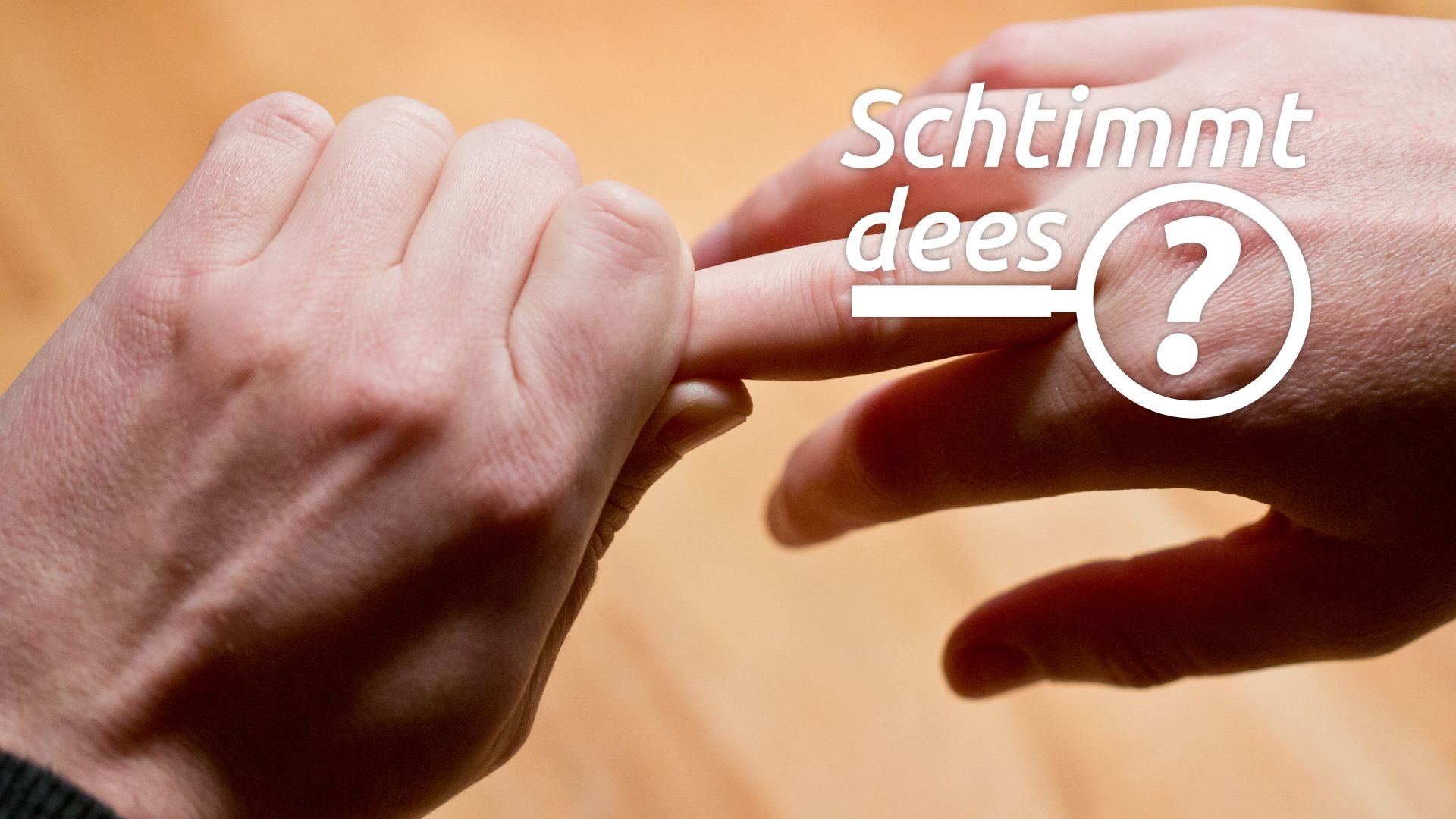According to studies, 25 to 45 percent of people can intentionally crack their finger joints. Some people even find it relaxing – almost like yoga for your hands. Others find the noise simply unbearable and warn of long-term health effects. Because cracking your joints on purpose can’t possibly be healthy, can it?
However, scientists have not found any evidence that figner cracking causes any harm. A study by the University of California examined the finger joints of a total of 40 volunteers. Of them, 30 participants were able to intentionally crack their joints.
Before the experiment, they were not allowed to pull on their joints for four hours. Then they cracked their fingers under the observation of the experts. Before and after the test, the subjects’ fingers were examined for swelling, grip strength and mobility.
experiment over 50 years
The researchers found no abnormalities in any of the participants. However, they did notice that the Knucklecrackers were slightly more agile.
For them, the angle between the maximum stretched and flexed finger was on average nine degrees larger than for the participants who could not crack their fingers.
But wouldn’t cracking your fingers over and over again for a long time bring signs of wear and tear? In order to get to the bottom of this question, the American allergist Donald Unger started an experiment on himself: for more than 50 years he cracked the fingers of his left hand twice a day. According to the doctor, this has not led to any deterioration. However, the results of the self-test are not scientifically reliable.
Where is the cracking coming from?
Even if not all questions have been sufficiently clarified, there is no evidence that knuckle cracking damages the joints. However, there does not appear to be any medical benefit.
The typical cracking noise occurs when gases in the synovial fluid of the joints expand. It sits between the joint surfaces and provides some lubrication to the joints so they move easily. If you stretch your fingers far enough, a vacuum is created between the joint surfaces, which releases the gases.
This applies not only to the fingers, but also to all other joints. A crack does not always have to be caused intentionally. If, for example, the knee joints crack when squatting down, the same mechanism is at work.
(Photo: David Weinert)


